Additional pigments on MS 368
Artists' Materials
The palette is quite homogeneous in the two miniatures, but some additional materials were detected on MS 368: azurite in the blue bird, indigo used for shadows, and a mixture of lead white, red lead and azurite for the grey-brown hue of the hog.
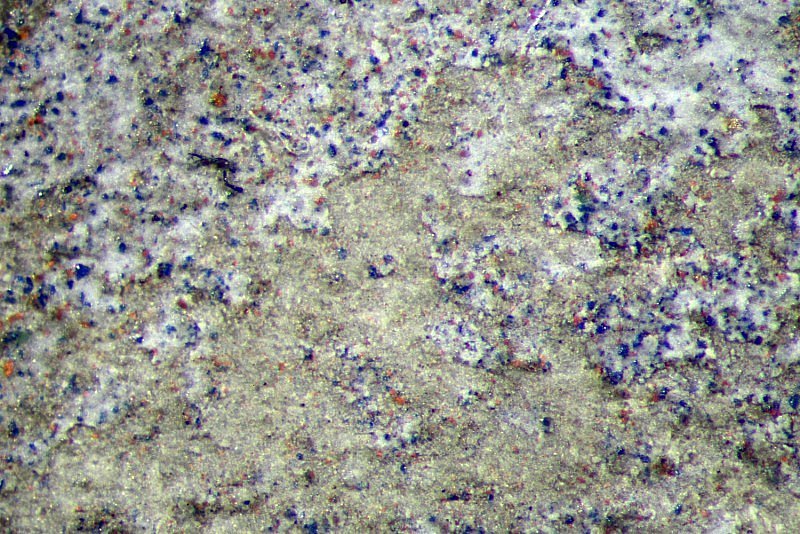
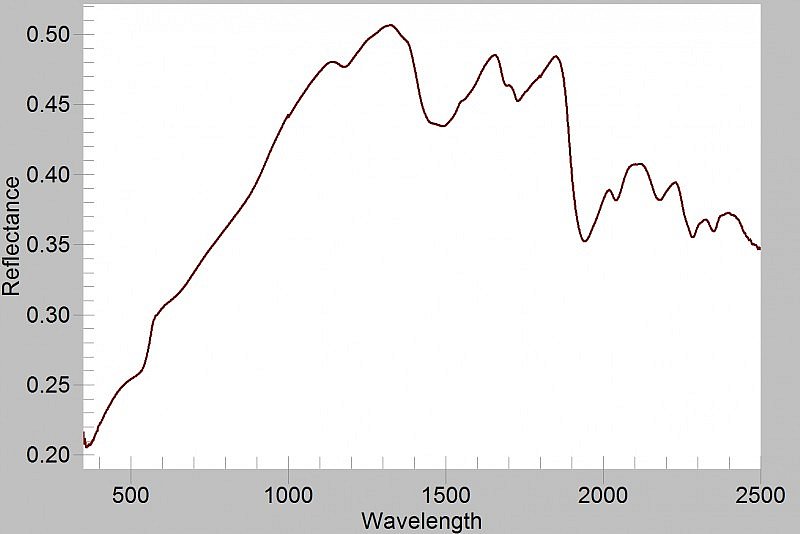
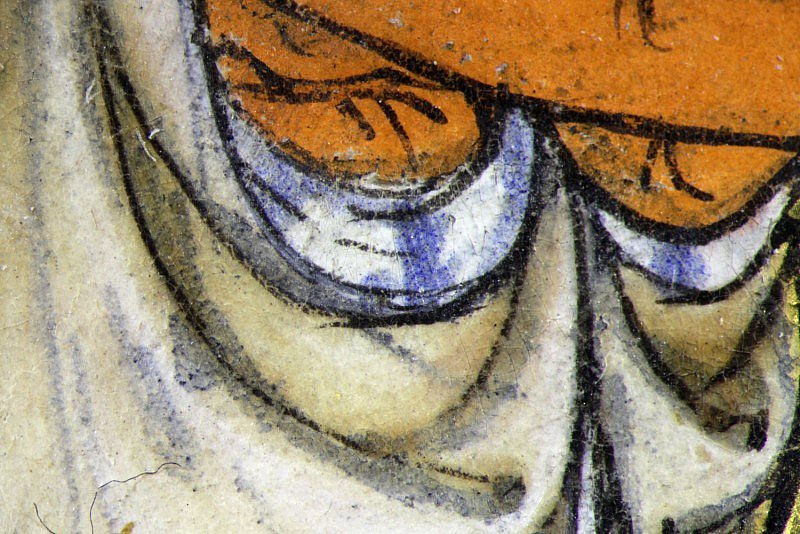
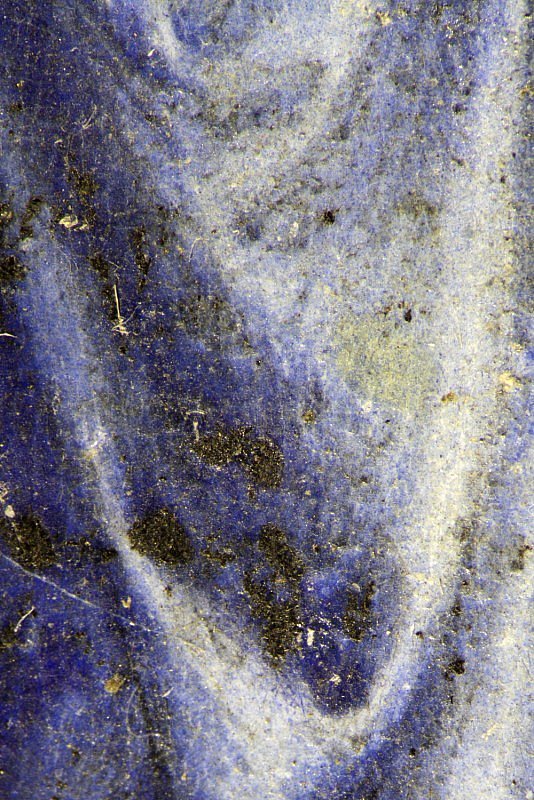
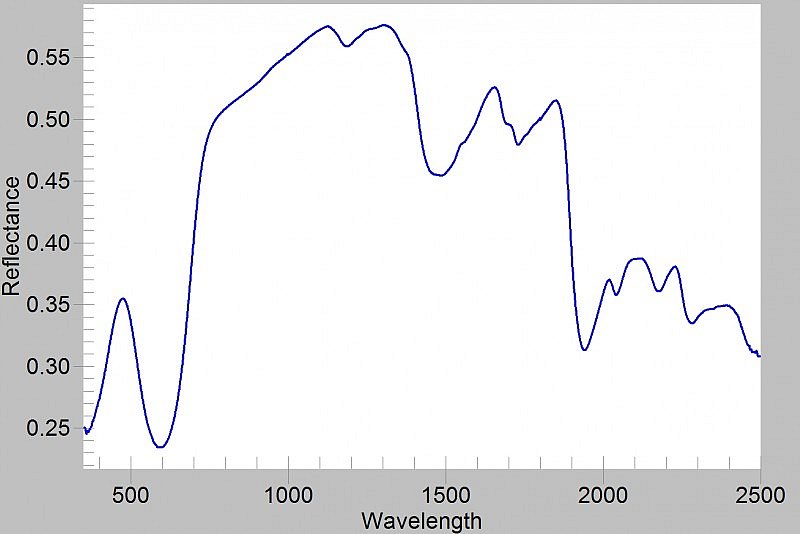
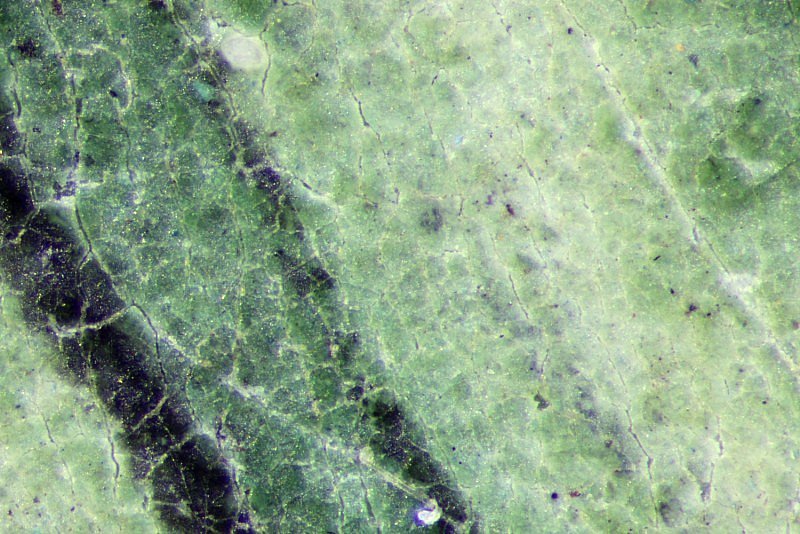
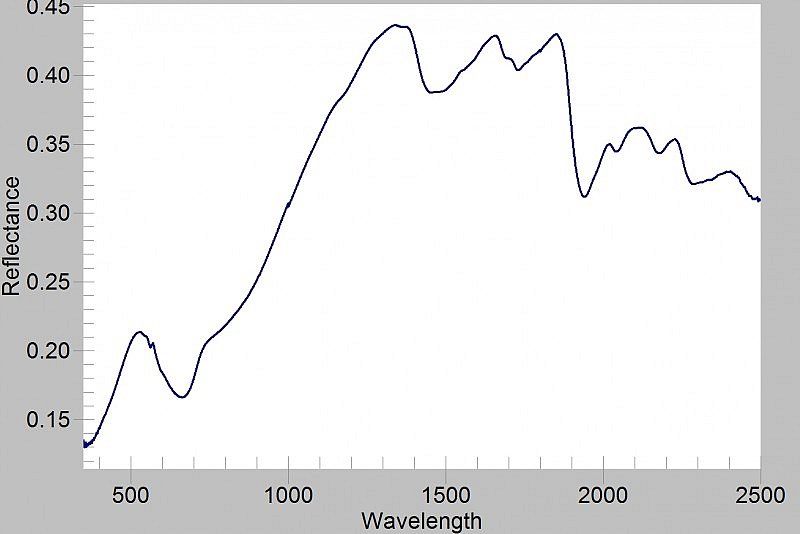
Full-page miniature in four compartments
The miniature contrasts the virtue of Chastity and the vice of Lust. At the top left is Chastity, an elegant, crowned woman holding a bird, a symbol of purity, while trampling on a vicious-looking hog, or possibly a wild boar, a symbol of lust. The two animals are the only areas in the miniature which contain ultramarine blue (hotspot 1). Charity stands opposite Luxure (Lust) who holds a manacle and towel, and is spitting blood. Both qualities are exemplified by the biblical characters depicted below: the virtuous widow, Judith, beheading the cruel Holofernes, and Joseph escaping the sexual advances of Potiphar's wife.
Across the entire miniature, the dark grey underdrawing (see infrared layer) contributes to the modelling of the draperies. This is clear in the tan-coloured mantles of both Chastity and Potiphar’s wife, where the organic colourant has partially faded and reveals the underdrawing (hotspot 2). A three-dimensional effect is achieved in most draperies using a gradation of colour in the folds (hotspot 3), or the addition of a darker pigment, as in the folds of Joseph’s green mantle (hotspot 4).
